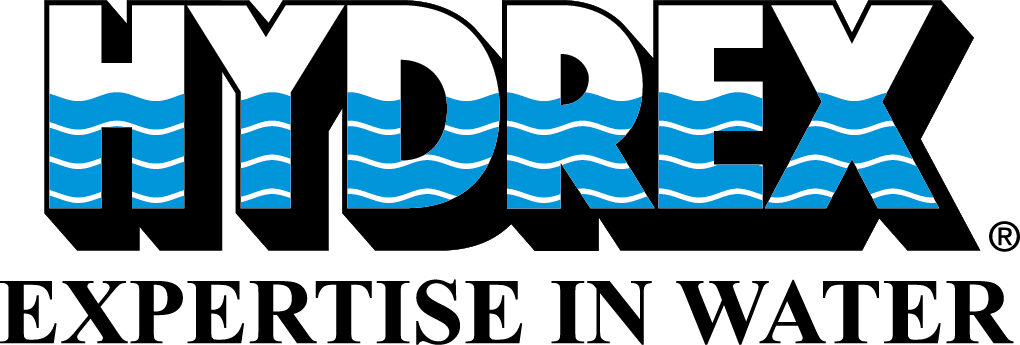Recently teams of Hydrex diver/technicians performed propeller blade modifications on several tankers and bulk carriers. In Singapore, Cam Pha and Amsterdam propeller cropping was the only option for the damaged blades while in Rotterdam the bent areas on a bulk carrier’s propeller blades could be straightened.
Having developed different procedures for different kinds of damage, our teams are equipped and trained to make the best out of a bent or broken propeller. Ideally, the in-house developed cold straightening technique is used. This procedure enables us to straighten damaged blades in-water, allowing commercial operations to continue without the need to drydock.
In the first three examples in this article cropping was the only option as the damage to the propeller blades was too great to allow cold straightening. This kind of repair is carried out with the propeller blade cutting equipment developed by our research department. In cases where there is an even number of blades an identical piece will be cropped from the opposite blade to restore the hydrodynamic stability of the propeller. By doing so, the best possible efficiency is obtained.
Underwater blade cropping
The four blades of a 190-meter bulk carrier’s propeller were severely bent. An on-site solution was needed to restore the propeller’s balance and efficiency. A team was therefore mobilized to Cam Pha, Vietnam to bring the damaged blades back as close as possible to their original condition.
After the equipment arrived at the vessel’s location our men started the operation with a detailed survey of the affected propeller blades. The inspection revealed that the four blades were bent over angles of 90 to almost 180 degrees.
The team then used the information acquired during the inspection to calculate and determine the exact measurements needed to modify the trailing edges of the propeller blades.
Next the divers cropped the blades and ground their edges to give them the correct radius. When the cropping was complete, they polished the blades to make sure that any remaining loss of efficiency would be minimal.
In Singapore only two of the four blades of a 183-meter tanker needed to be cropped using this technique. The other two propeller blades had suffered small cracks and dents along their trailing edges. Because the damage to these blades was limited, cropping was not required. Our divers grinded away the cracks and polished the edges of the blades to prevent further cracking.
A 220-meter tanker in Amsterdam had lost the tip of one of its propeller blades. The opposite blade had not been damaged, but it was also cropped to keep the propeller’s balance.
Fast propeller operation in Rotterdam
Four of the five blades of a 182-meter bulk carrier had small bent areas on the tip and trailing edge. These were straightened one by one during the ship’s stop in Rotterdam.
As the other vessels in this article, the bulk carrier could continue its schedule without going off-hire to drydock and with the performance of the propeller restored.
Conclusion
Our R&D department is constantly looking into ways to enhance the available propeller repair techniques even further to improve our services. New types of both the straightening and cutting machines have recently been put into service. These allow us to straighten blades that could previously only be cropped and to crop extremely damaged blades with only a minimal loss of efficiency for the propeller. Both types of repairs can be carried out fast, fluently and efficiently on-site and underwater, allowing the ship to return to commercial operations without the need to drydock.
Contact us for more information on underwater propeller repairs. We are at your disposal 24/7.

